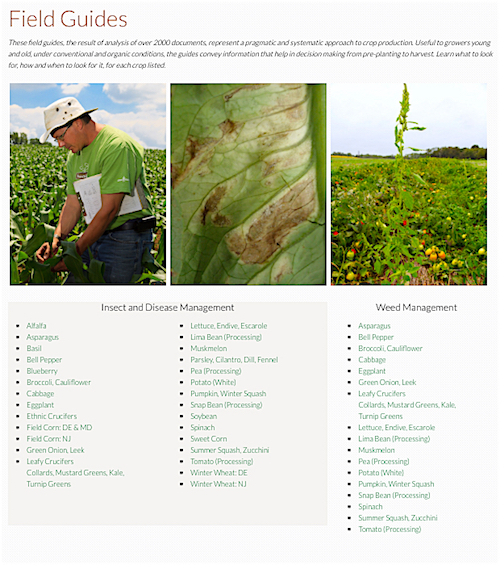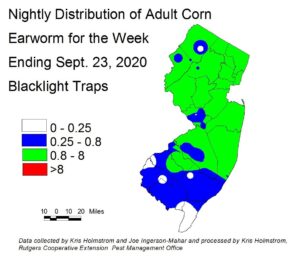Earlier this month, the U.S. Department of Agriculture’s (USDA) Risk Management Agency (RMA) announced modifications to the Whole-Farm Revenue Protection (WFRP) program to decrease paperwork and recordkeeping burdens for direct marketers beginning with the 2021 crop year.
“These changes will allow more direct marketers who previously could not meet reporting requirements a way to participate in the Whole-Farm program and provide better and more affordable coverage to these diversified growers,” RMA Administrator Martin Barbre said. [Read more…]
 Articles in this section contain information helpful to the NJ commercial organic grower.
Articles in this section contain information helpful to the NJ commercial organic grower.



